Speaking to packed house of journalists, scientists and members of The Planetary Society, Bill Nye the Science Guy, along with some very, very smart people, discussed how human beings might survive for long periods of time on Mars.
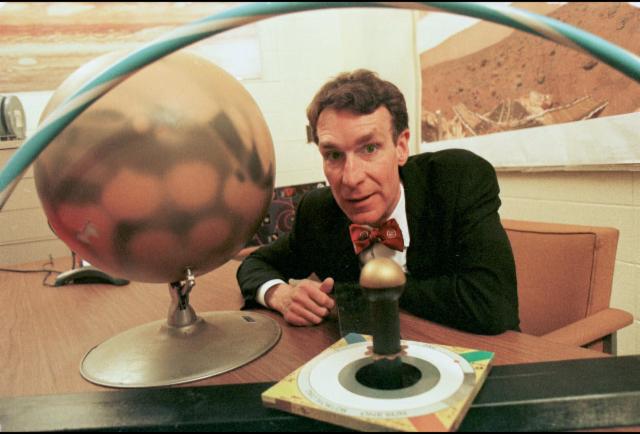

Speaking to packed house of journalists, scientists and members of The Planetary Society, Bill Nye the Science Guy, along with some very, very smart people, discussed how human beings might survive for long periods of time on Mars.
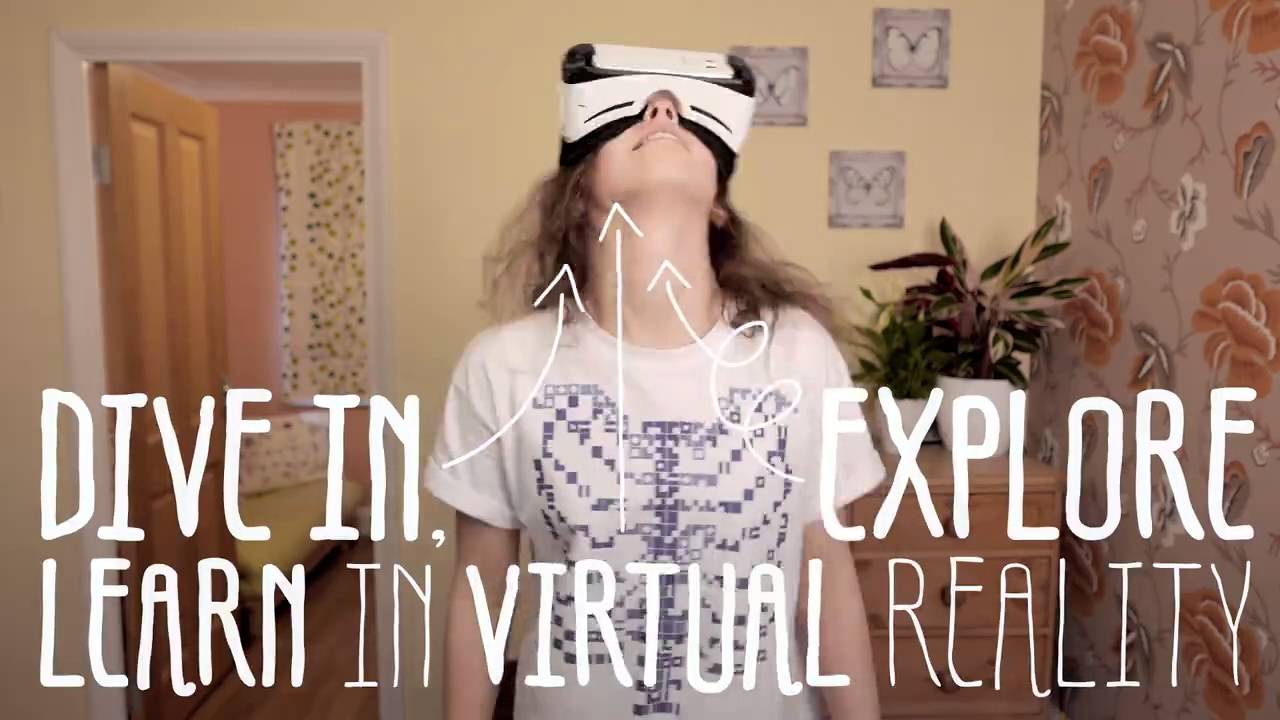
When I was a kid I remember being a member of Ms. Frizzle’s classroom. We went on adventures under the ocean, into the rainforest, out to the stars, and even to the center of the Earth and it was amazing.
Of course I am talking about my time on the Magic School Bus.
A relic of the nineties, the Magic School Bus starred Lily Tomlin as Ms. Frizzle, an eccentric teacher who owned a magic school bus that she used to take her students on fantastical journeys. The show and subsequent video games were a big part of my, and thousands of other children of the nineties’, formative years as it presented educational topics in an engaging way that made you curious to learn more.
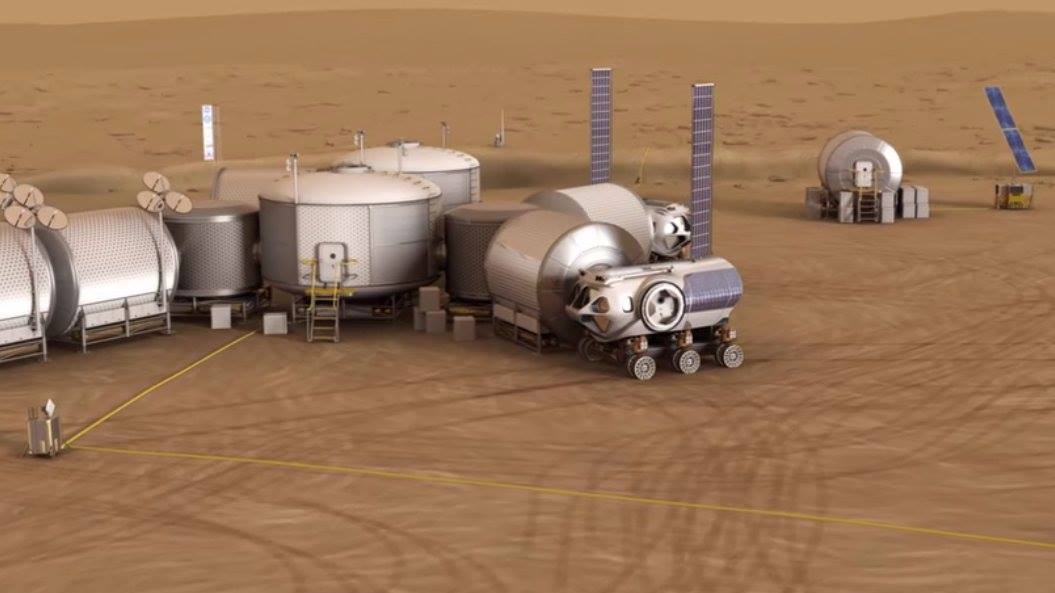
What it might be like to live on Mars.
NASA revealed what homes on Mars will be like — and we don’t have to wait long.
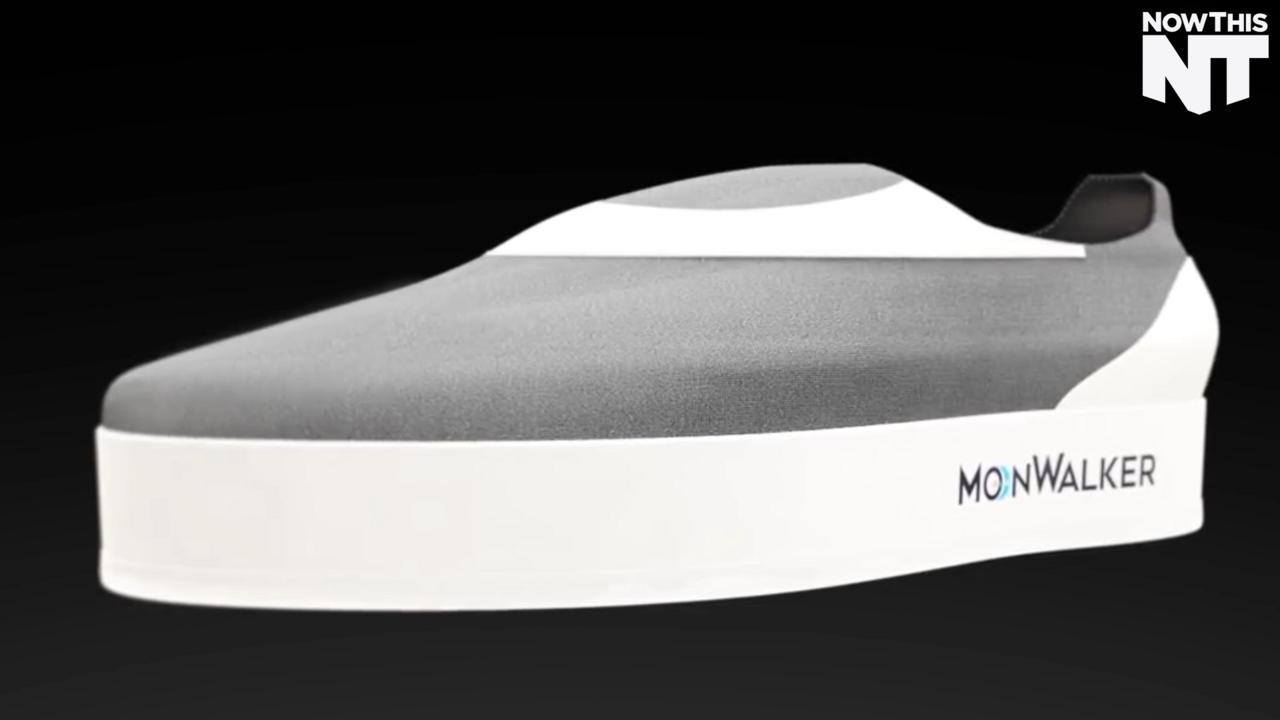
These shoes make you feel like you’re walking on the moon.
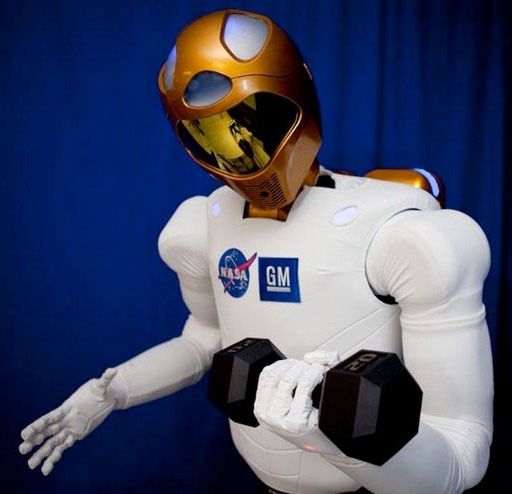
This is an excellent use of both VR and Robotics together to evolve and improve technology for NASA & space travel.
NASA and Sony are working on a virtual reality system that will replicate real life challenges when controlling a robonaut.
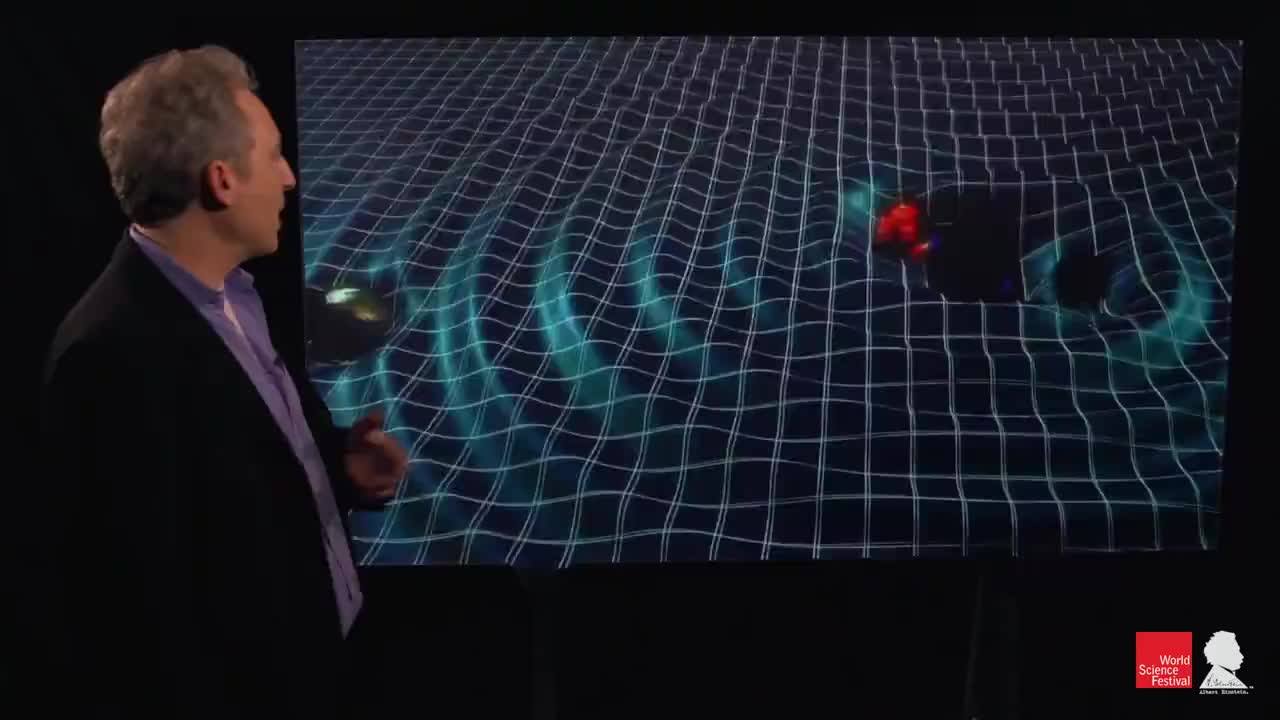
A landmark day for Einstein and our understanding of the universe: the detection of gravitational waves. World Science Festival’s own Brian Greene explains the discovery.
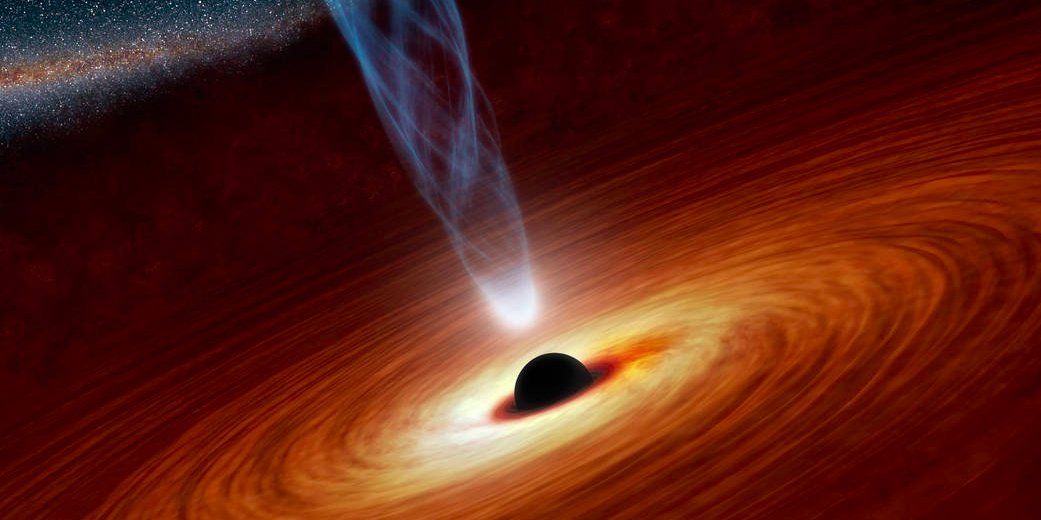
The Milky Way and hundreds of galaxies surrounding it are being drawn toward a mysterious force scientists call the “Great Attractor”.
And it took the Commonwealth Scientific and Industrial Research Organisation’s (CSIRO) Parkes telescope to see them.
The force was first revealed back in the 1970s, when it was discovered that the Milky Way was one of hundreds of galaxies deviating from the “universe is expanding” model.
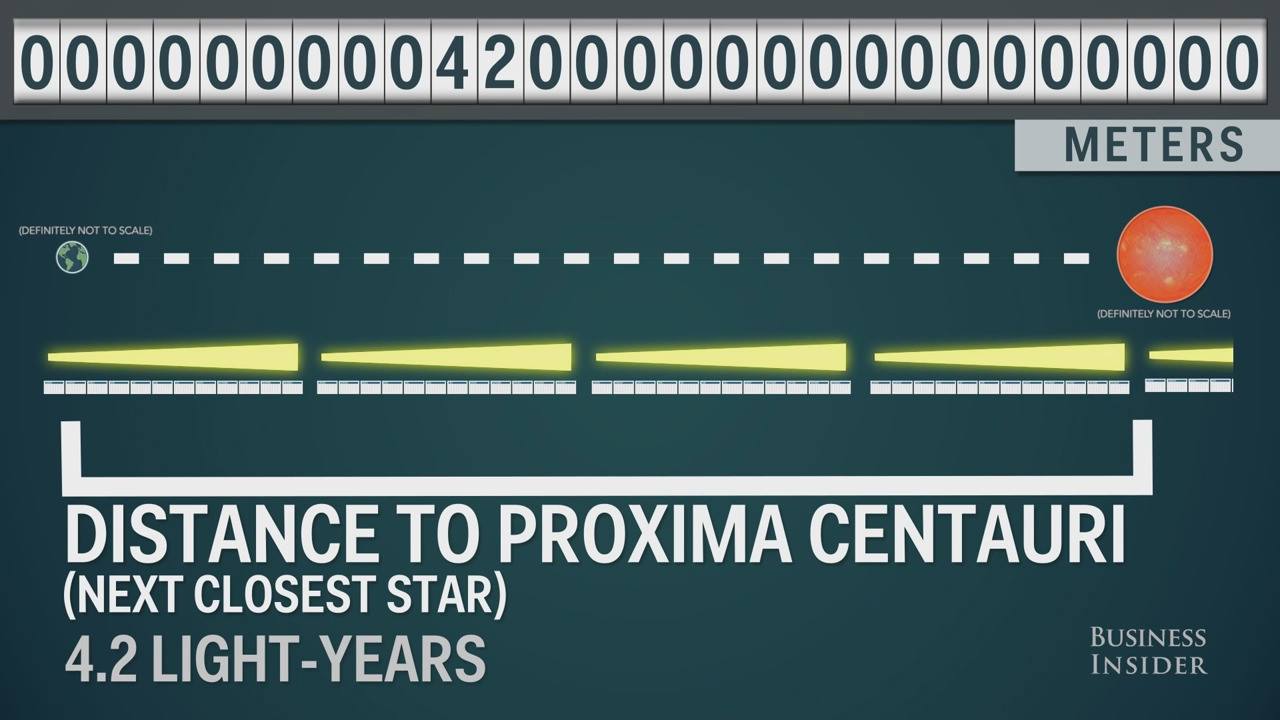
Karl Sagan ka thene dikur se ka me shume yje ne univers se sa kokrriza rere ne te gjitha plazhet e Tokes. Ne te njejten kohe, ka me shume molekula H2O ne dhjete pika uji se sa ka yje.
_______________________________________________________________________________________
The scale of the universe (HD)
Published on Sep 23, 2015.
Carl Sagan told us that there are more stars in the universe than there are grains of sand on all of the Earth’s beaches. At the same time, there are more H2O molecules in just 10 drops of water than there are stars.
Ranging from the unimaginably small to the unimaginably big, the scale of the universe is mind-boggling. Watch to try to wrap your head around it.
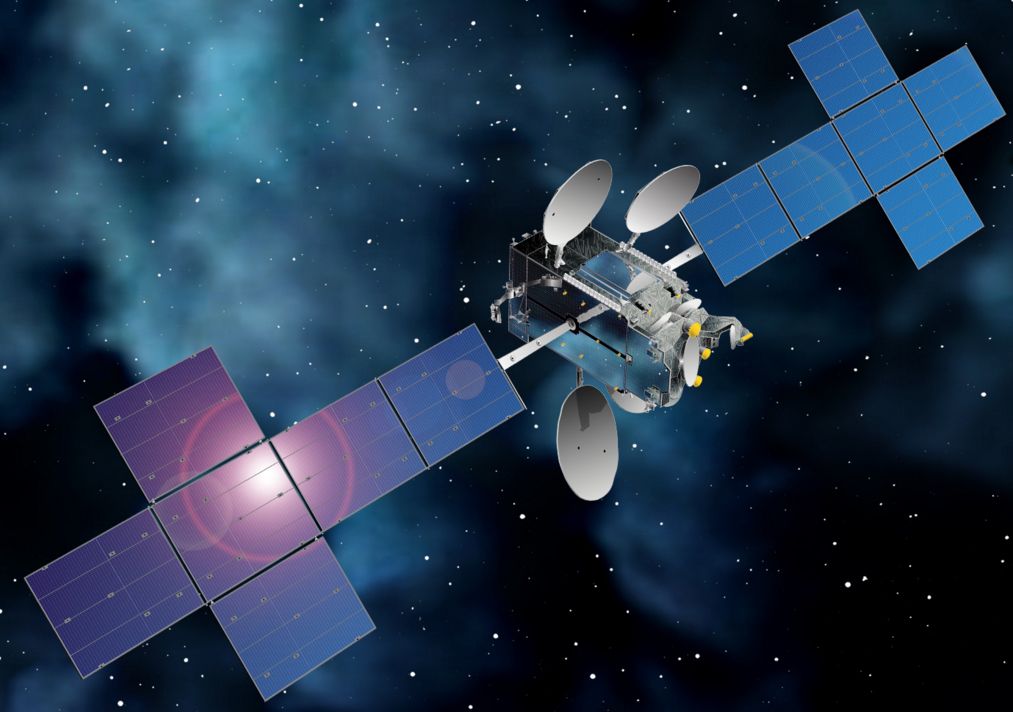

A NASA team plans to build the first integrated-photonics modem, using an emerging, potentially revolutionary technology that could transform everything from telecommunications, medical imaging, advanced manufacturing to national defense.
The cell phone-sized device incorporates optics-based functions, such as lasers, switches, and fiber-optic wires, onto a microchip similar to an integrated circuit found in all electronics hardware.
The device will be tested aboard the International Space Station beginning in 2020 as part of NASA’s multi-year Laser Communications Relay Demonstration (LCRD). The Integrated LCRD LEO (Low-Earth Orbit) User Modem and Amplifier (ILLUMA) will serve as a low-Earth-orbit terminal for NASA’s LCRD, demonstrating another capability for high-speed, laser-based communications.
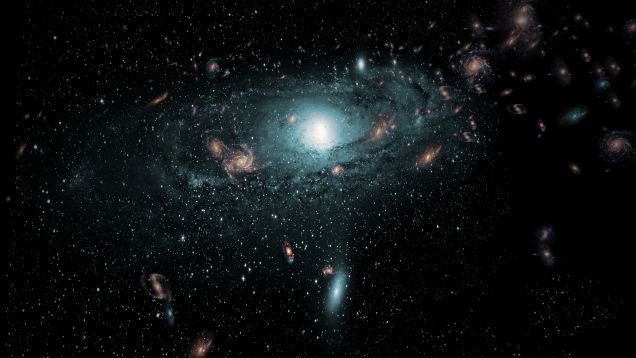
The Xeelee had to build their damned ring SOMEWHERE…
The “Xeelee Sequence” novels. by Stephen Baxter, are some of the best hard science fiction ever written. If you haven’t read them, do so. Immediately. In the meantime (even if you’ve already read the entire Xeelee series) check out this atmospheric musical composition by Oliver Lugg, inspired by the above mentioned science fiction series. It’s quite beautiful: https://www.youtube.com/watch?v=TiYxHpGmPwQ
Astronomers just uncovered hundreds of hidden galaxies a mere 250 million light years away from Earth—well within our own galactic neighborhood. But how did they stay unknown for so long? The fault isn’t with them, it’s with our own Milky Way.
The International Centre for Radio Astronomy Research just completed a survey, published today in the Astronomical Journal, detailing the hundreds of newly discovered galaxies—as well as giving a much better idea of where some older suspected galaxies were hiding. Altogether, they mapped 883 galaxies lurking behind the Milky Way; you can see an artist’s representation above.
Scientists had some idea that there was something out there — but they didn’t know what. Some of the brightest clusters of galaxies were already visible, an even better clue, though, was a strange gravitational force pulling the Milky Way towards it.